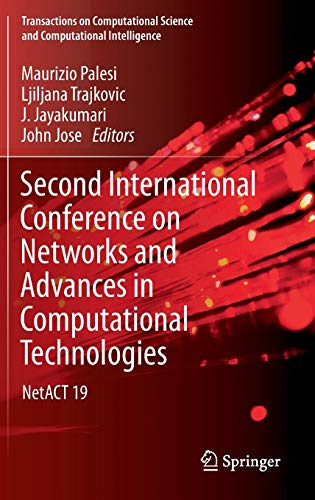How does the proposed Ever Learning Censorware address the limitations of existing censorware systems, and what are its key components and functionalities?
The proposed Ever Learning Censorware addresses limitations of existing systems by continuously learning and adapting to new threats. It overcomes overblocking and underblocking issues by using a Bayesian classifier to evaluate the harm level of websites based on content keywords and their associated probabilities. Key components include:
- Blacklist: A list of domains and keywords with their harm levels.
- Classifier: A Bayesian classifier that categorizes domains and keywords as harmful, moderate, or harmless.
- Packet Capture Engine: Captures all network traffic, extracts domain/URLs, and sends them to the classifier for analysis.
- Recent Sites List: Stores recent harmful sites for improved performance, updated periodically to remove old entries.
The system uses Bayes theorem to calculate the probability of a website being harmful based on the presence of certain keywords. It also stores the latest content of critical components in stable storage to ensure data safety. The censorware is implemented in Java and uses libraries for network analysis and machine learning, ensuring compatibility across different operating systems.

Ljiljana Trajkovic, John Jose, J. Jayakumari, Maurizio Palesi